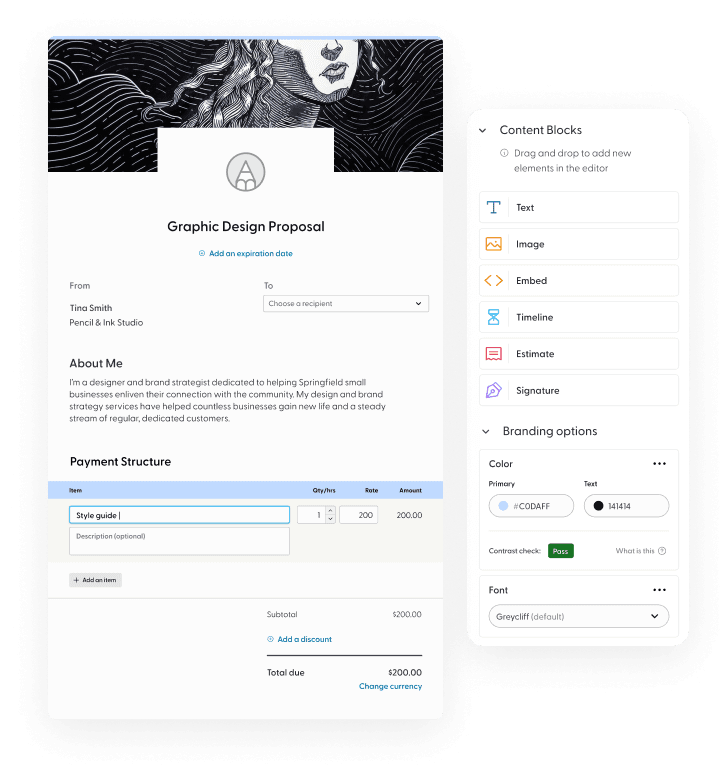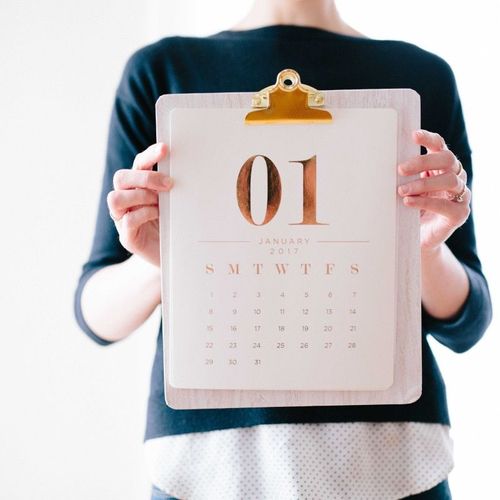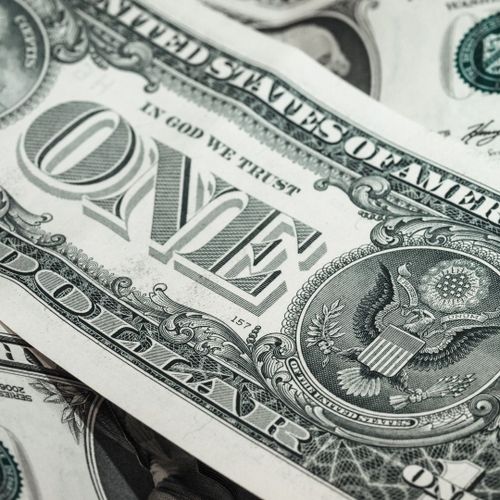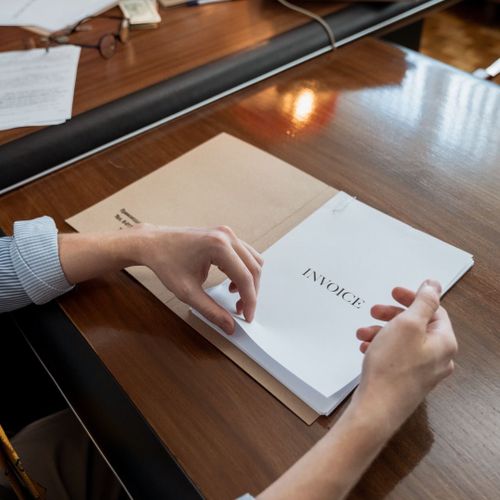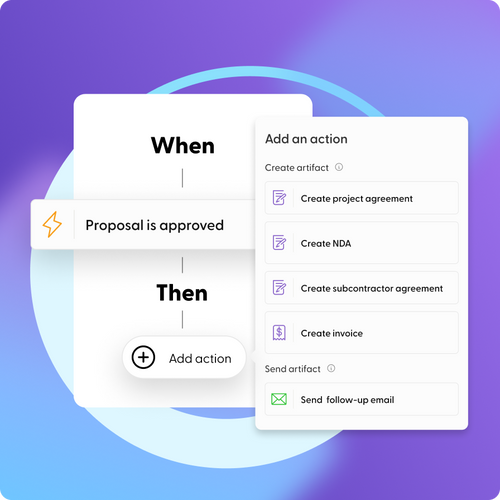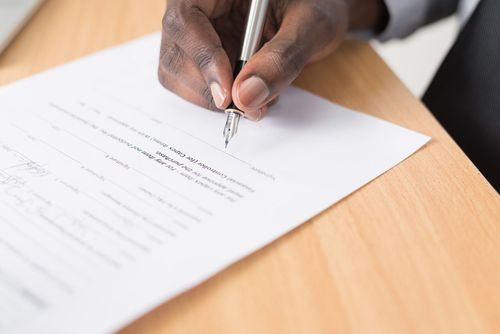A photography proposal is a document that outlines the details of a photography project, including the scope, timeline, and budget. It is an important tool for photographers to communicate their ideas and vision to potential clients and secure new business. A well-crafted and effective photography proposal can help photographers stand out from their competitors and win new clients. The proposal should include key information such as the number of shots needed, location and concept of the shoot, and who will provide art direction.
Photography proposals are crucial for photographers to showcase their skills and professionalism. A good proposal should have a stunning cover page, showcase photographs from the photographer's portfolio, detail out their services, explain their working process, and include social proof. The format of a photography proposal should include a cover letter, followed by the photographer's portfolio, project description, deliverables, responsibilities, and additional information. To write a winning photography proposal, it is important to focus on the goals of the project, research the project's topic, and submit photos that demonstrate the photographer's skills.
In order to write a successful photography proposal, it is important to be specific and clear about the details of the project. This includes describing the project, asking about the usage of the photos, and creating a list of all the fees that will be charged to the client. The proposal should also present a deadline, which will help to avoid any confusion or gray areas. A winning photography proposal should include a cover page, introduction, portfolio, approach, services, pricing, and timeline. By following these guidelines, photographers can create a professional, beautiful proposal that will impress potential clients and help them win new business.
Researching the Client and Project
Writing a winning photography proposal requires thorough research into both the client and the project. Understanding the client's needs and expectations is crucial to crafting a compelling photography proposal that meets their specific requirements. This involves researching the client's business, industry, and target market to gain insight into their brand identity and image. Additionally, it is essential to identify any specific goals or objectives the client wants to achieve through the photography project. By understanding the client's needs and expectations, you can tailor your proposal to address their unique requirements and stand out from competitors.
Researching the project scope and goals is equally important when writing a photography proposal. This involves gathering information about the project's purpose, scope, and timeline. It is essential to ask the client questions about the project to clarify any uncertainties and ensure that the proposal aligns with their vision. Identifying potential challenges and opportunities in the project can also help you prepare for any obstacles that may arise and demonstrate your problem-solving skills to the client. By conducting thorough research into the project, you can create a proposal that is well-informed and addresses all aspects of the project.
To write a winning photography proposal, it is essential to present your ideas and skills in a professional and engaging manner. Utilizing a professionally designed proposal template can help you stand out from competitors and showcase your branding and images. Additionally, submitting photos that demonstrate your photography skills and expertise can help the client visualize the project's potential outcome. By following these tips and crafting a well-researched and visually appealing proposal, you can increase your chances of winning photography projects and growing your business.
Planning the Photography Proposal
Planning a photography proposal involves several key elements that can make or break a potential project. Creating a project timeline is crucial to ensure that all aspects of the project are completed on time and within budget. This timeline should include important dates such as the start and end of the project, as well as any deadlines for submitting deliverables. Additionally, setting a realistic budget is essential to ensure that the project is financially feasible for both the photographer and the client. This budget should include all expenses, such as equipment rentals, travel costs, and any necessary permits or licenses. By creating a comprehensive project timeline and budget, photographers can ensure that they are well-prepared to take on any project.
Outlining the project deliverables is another crucial aspect of writing a winning photography proposal. This section should clearly state what the client can expect to receive from the professional photographer themselves, such as the number of edited photos, the format in which they will be delivered, and any additional services that will be provided. Providing clear and comprehensive deliverables is essential for ensuring that both the photographer and the client are on the same page regarding the scope of the project and what is expected of each party.
Finally, it is important for freelance photographers to approach the proposal with a professional and compelling tone. This can be achieved by showcasing a portfolio of previous work and explaining the photographer's working process. Additionally, photographers should be sure to clearly state their fees and any additional costs, such as travel expenses, in order to avoid any confusion or misunderstandings down the line. By taking the time to plan and execute a well-written proposal, photographers can increase their chances of securing new clients and winning more projects in the future.
Writing the Photography Proposal
Crafting a compelling executive summary is crucial when writing a photography proposal. The executive summary should be a concise and results-oriented section that provides an overview of the project and its goals. It should highlight the problem or project in one or two sentences and explain how the proposed photography services can help solve it . The summary should be straightforward and actionable, using language that is easy to understand. A well-crafted executive summary can grab the attention of potential clients and encourage them to read the rest of the photography portfolio proposal.
Detailing the project scope and deliverables is another important component of a winning photography proposal. The project scope should describe the specific services that will be provided, such as the type of photography, number of photos, and any additional services such as editing or retouching. Deliverables should also be clearly outlined, including the physical products that will be created, such as digital files or prints. This information helps to set expectations for the client and ensures that both parties have a clear understanding of the project's scope and deliverables.
Outlining the project timeline and budget is also crucial in a photography proposal. The project timeline should include key milestones and deadlines, such as the date of the photoshoot and the expected delivery date of the final products. The budget should be broken down into specific costs, such as the photographer's fee, equipment rental, and any additional expenses. By providing a detailed project timeline and budget, prospective clients can better understand the scope of the project and make an informed decision about whether to proceed with the proposed photography services.
Presenting the Photography Proposal
When it comes to presenting a photography proposal, choosing the right presentation format is crucial. Utilizing a professionally designed photography proposal template can help photographers stand out from their competitors. These photography proposal templates often include custom branding and images, which can help to create a cohesive and visually appealing proposal. Additionally, it is important to consider the specific needs and preferences of the client when selecting a presentation format. For example, an event photography proposal may benefit from incorporating screenshots or previous project information . Ultimately, the presentation format should be tailored to effectively communicate the photographer's skills and qualifications to the client.
Preparing for the proposal meeting is also an important step in delivering a winning photography proposal. This includes thoroughly researching the client and their needs, as well as creating a detailed list of all fees that will be charged to the client. It is also important to have a clear understanding of the project and the client's intended usage of the photos. This information can help the photographer to create a proposal that is tailored to the client's specific needs. By being well-prepared for the proposal meeting, photographers can demonstrate their professionalism and attention to detail.
Delivering the proposal with confidence is essential to winning over the client. This includes clearly and concisely describing the project, as well as addressing any questions or concerns the client may have. It is also important to provide a detailed breakdown of the proposed photo delivery concept, including the number of shots needed and the location and direction for the shoot. By confidently presenting the proposal and effectively communicating their skills and qualifications, photographers can increase their chances of winning over the client and securing the project.
Following Up on the Photography Proposal
After submitting a photography proposal, it is important to follow up with the client to address any questions or concerns they may have. This is an opportunity to clarify any details that may have been unclear in the proposal and to demonstrate your professionalism and willingness to work with the client. It is important to answer all client questions, indicate a deadline for limited offers, and finish the email with a call to action. By doing so, you can ensure that the client is fully informed and confident in their decision to work with you.
Negotiating the terms and agreement is another crucial step in finalizing the contract and beginning the project. Negotiating requires having a contract in place which outlines the terms of the agreement. This is an opportunity to discuss any concerns or questions that the client may have and to ensure that both parties are in agreement with the project's scope, timeline, and budget. It is important to approach negotiations with a clear understanding of your needs and what you are willing to compromise on.
Once the terms and agreement have been negotiated, it is time to finalize the photography contract and begin the project. It should also specify what you are agreeing to provide to the client and what you need from them in return. A photography proposal template can be helpful in creating a professional and engaging proposal that outlines your business, your project description, your usage rights, and your fees. By following these steps, you can ensure that your photography project begins on the right foot and that both you and your client are satisfied with the final product.


